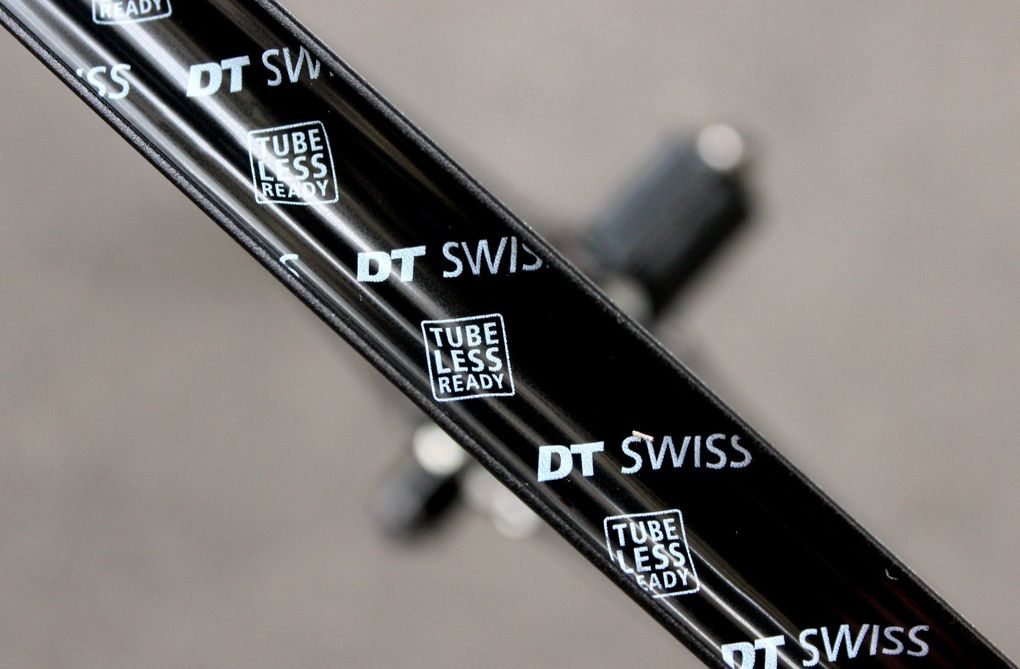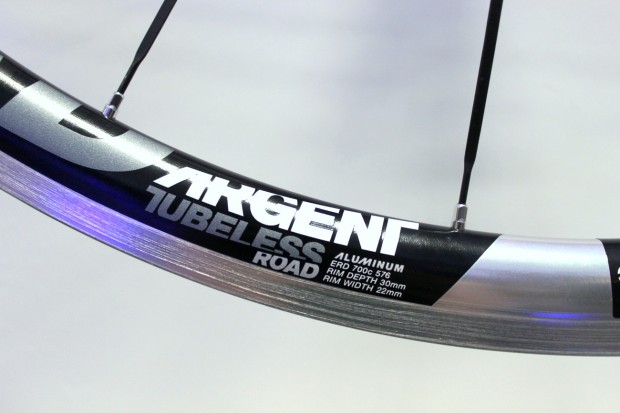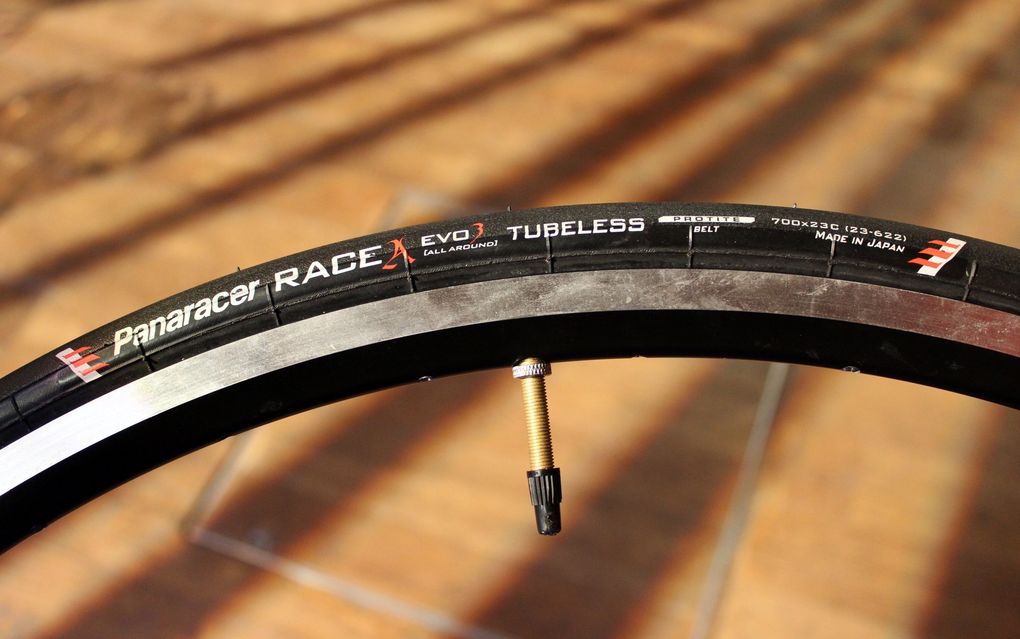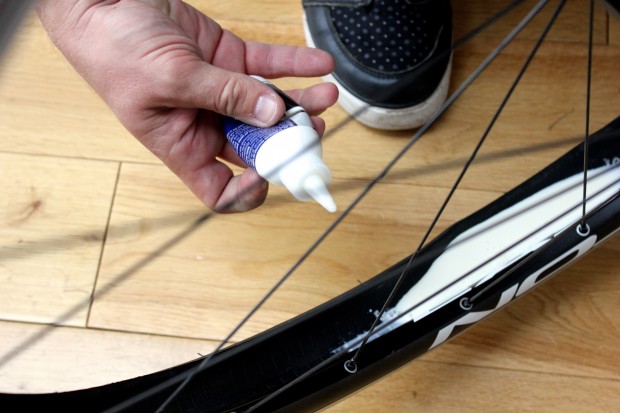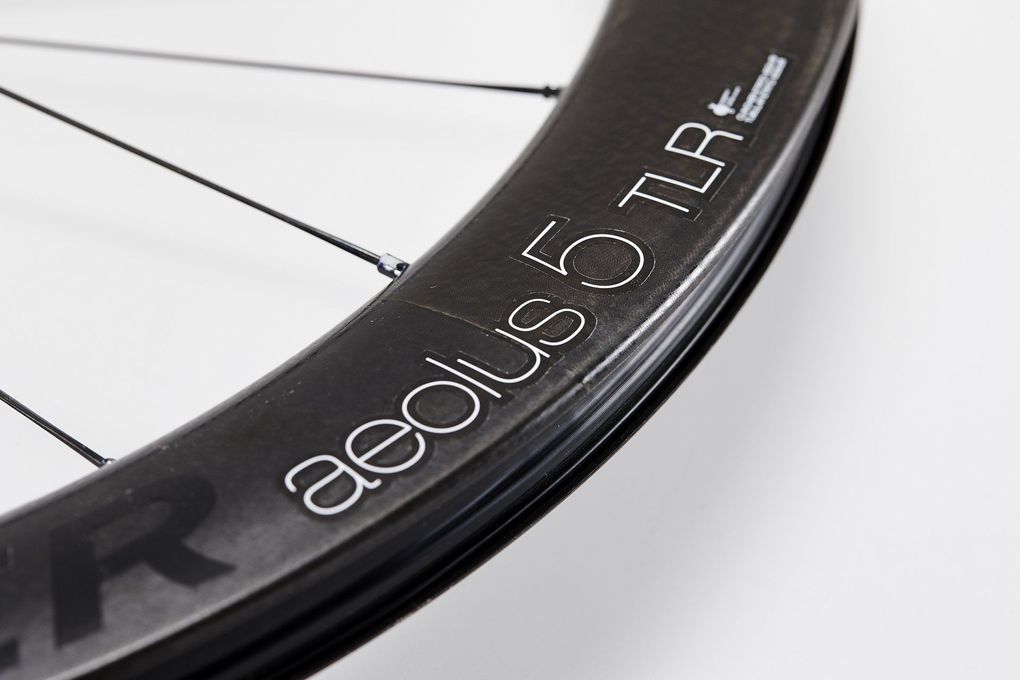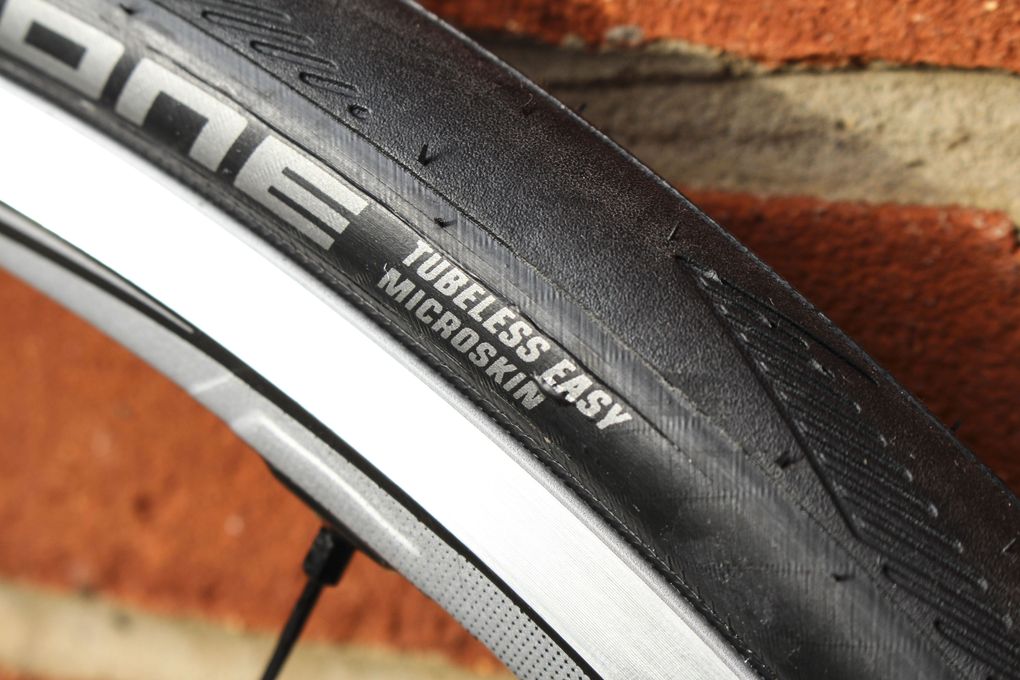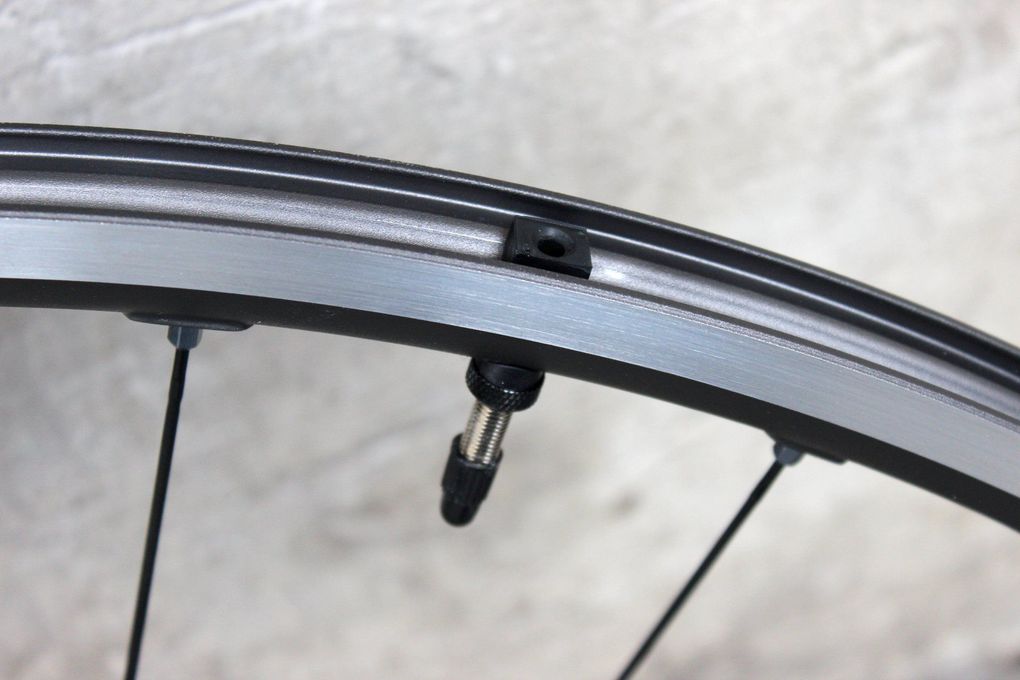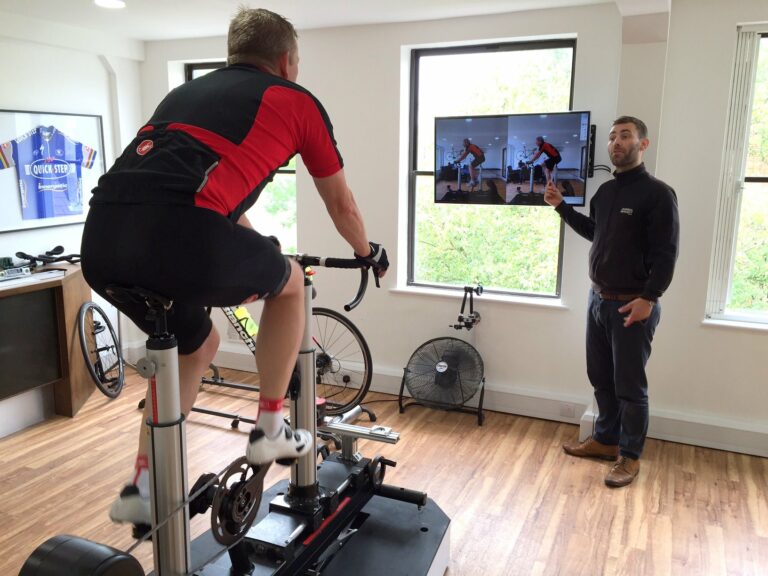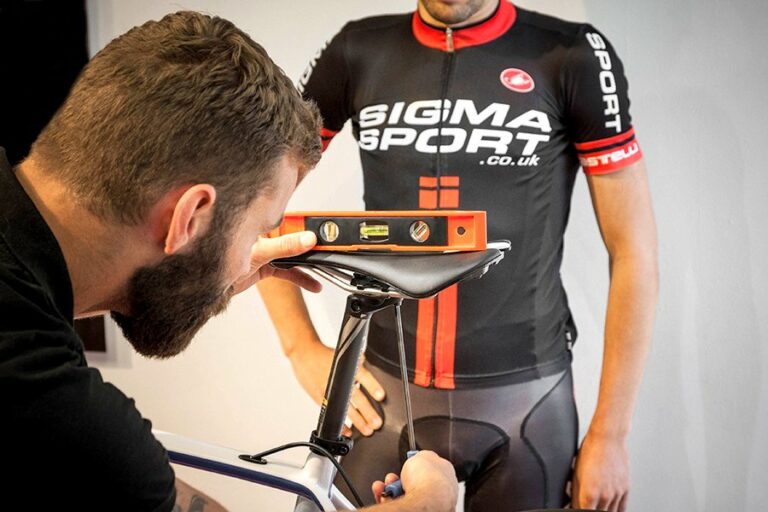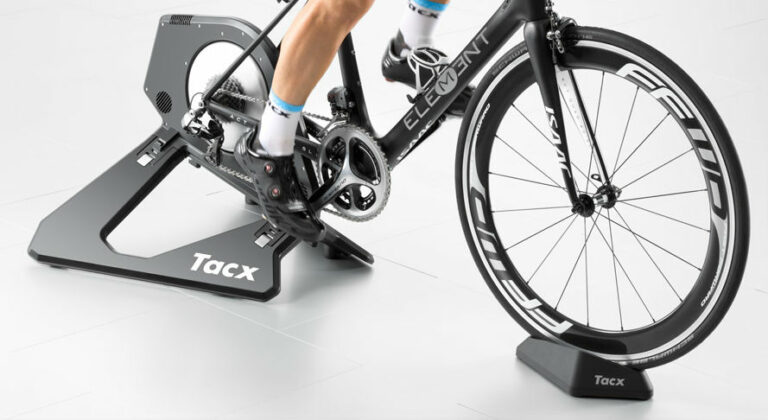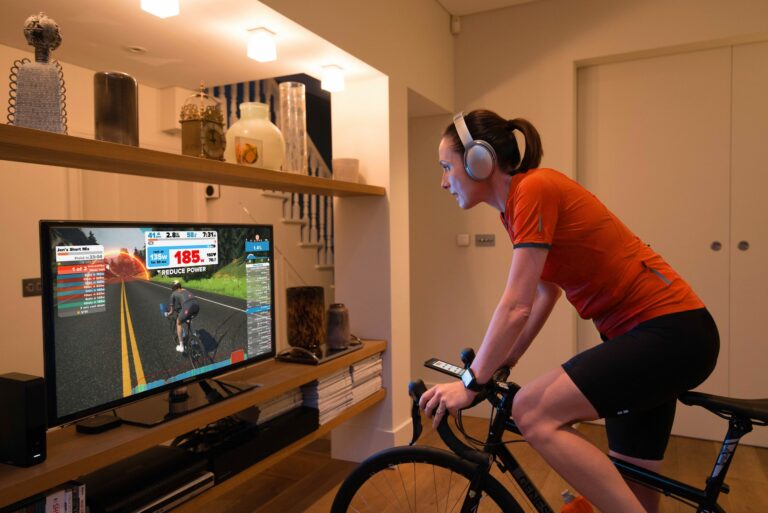For years there have been just two standout wheel-tyre options for road cyclists: clincher and tubular. The former is the standard on the vast majority of road bikes for everyday use, including club rides, sportives and amateur racing, and the latter is largely favoured by the pros and track cyclists.
The benefits of either are clear. With clinchers, tyres are easy to fit and fixing a puncture is as easy as changing or repairing the inner tube. Professional riders, keen amateur racers and track cyclists love a weight-saving tubular setup which sees the tyre glued directly on to the rim.
However, both have their downsides. Clincher setups weigh more than their tubular counterparts, while the glued-on nature of tubulars mean replacing the tyre after a puncture is a relatively long and drawn-out procedure. In fact, it’s only because neutral service vehicles and team cars are nearly ever-present at pro races ready to replace a wheel at a moments notice in the event of a flat, that tubulars are almost universally popular at the top level.
But, what about the third option: tubeless? In recent years, tubeless technology has steadily gathered momentum in the cycling industry, with more road cyclists beginning to make the switch – but what is tubeless, and should you take the plunge?
